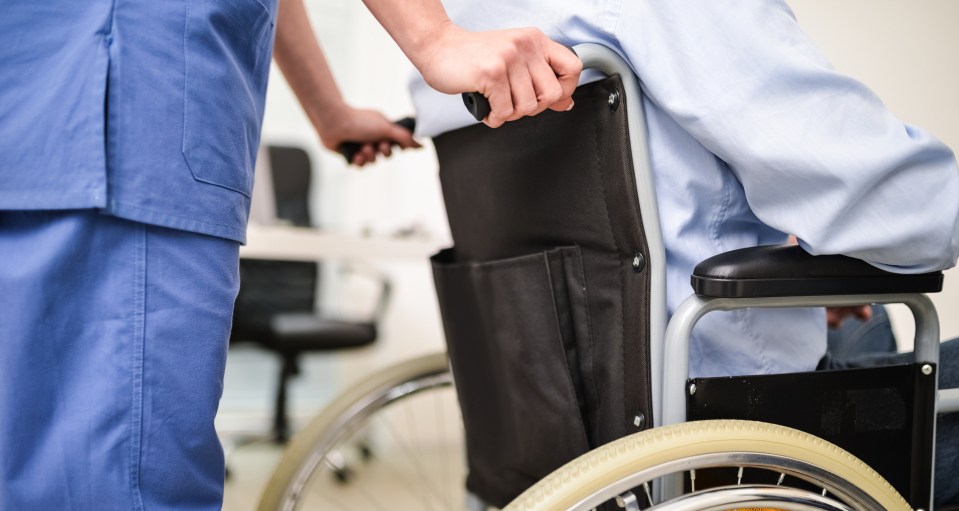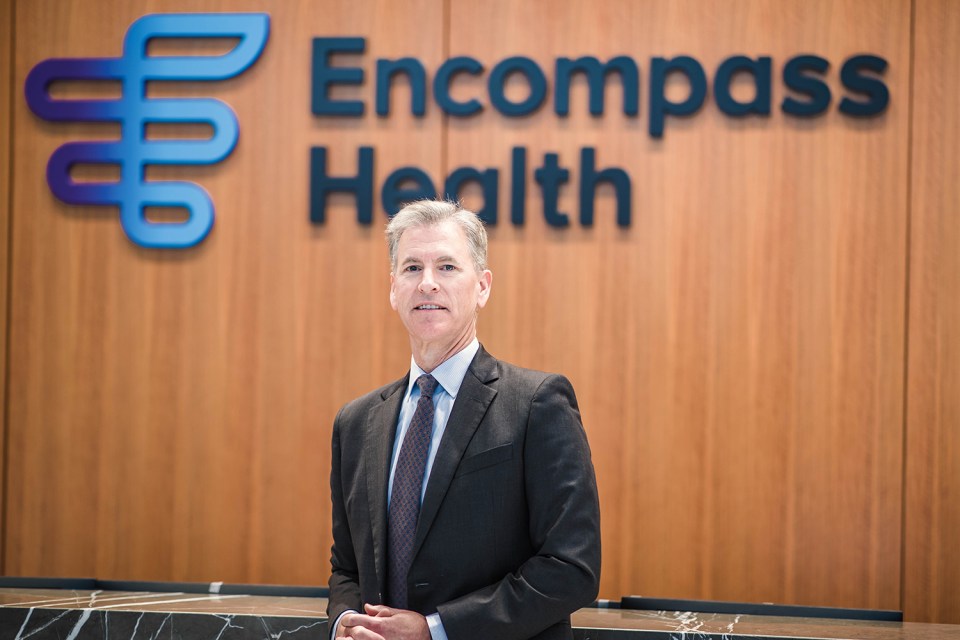The United States is currently experiencing the much-anticipated wave of aging baby boomers as the current growth rate of Medicare enrollees significantly exceeds that of the general population.
Projections from the U.S. Census Bureau point to 2030 as a milestone year in which older adults will outnumber children for the first time in U.S. history as baby boomers age into Medicare.
So how will the growing Medicare population impact healthcare?
The number of beneficiaries is expected to swell to over 80 million, meaning more people than ever before will rely on Medicare and the healthcare system. This in turn will drive a higher demand for long-term care and aging-in-place services.
In addition to the increase in beneficiaries, a transformative shift in the demographic of this population will occur in the 2030s. MedPAC data shows that this population will initially skew younger, but then grow rapidly older as the number and share of beneficiaries age 85 and older increases.
This population will also be less racially and ethnically diverse than previous generations, reflective of the U.S. population between 1946 and 1964 when baby boomers were born.
Although there is still a lot of uncertainty on how the health of the Medicare population will change, these factors give some insight on what to expect.
Baby boomers have longer life expectancies and much lower rates of smoking compared to previous generations. However, obesity is more prevalent along with higher rates of other chronic diseases, such as hypertension, high cholesterol and diabetes.
Advancements in medical treatments have made many chronic conditions easier to manage and therefore account for the increased life expectancies, but also contribute to rising healthcare costs.
The growing number of chronic conditions means many older adults will face limitations with activities of daily living, such as bathing, eating, dressing and walking, creating a greater need for in-home care.
AARP reports show that a large portion of this population will be more educated, which is often associated with delayed onset of many chronic conditions as well as different attitudes on treatment, prevention and healthy lifestyle choices.
These beneficiaries are likely to be more informed about available treatment options and Medicare services, potentially leading to more informed decision-making and effective use of healthcare resources.
With a higher-educated population also comes the need to make further advancements in digital health initiatives and smart technologies to increase quality of life while reducing health care costs.
As the culture of aging continues to evolve, healthcare providers are tasked with continuing to find new ways to meet the needs of today’s older adults. Fewer seniors are choosing to live in nursing homes, instead opting for group settings or to age in place.
Creating structures to support this new viewpoint and changing demographics will allow the next generation of Medicare beneficiaries to safely age in place and maintain quality of life.
The need for high-quality in-home care, such as home health and hospice services, will continue to rise and adapt to the new challenges the baby boom generation creates.
The content of this site is for informational purposes only and should not be taken as professional medical advice. Always seek the advice of your physician or other qualified healthcare provider with any questions you may have regarding any medical conditions or treatments.


